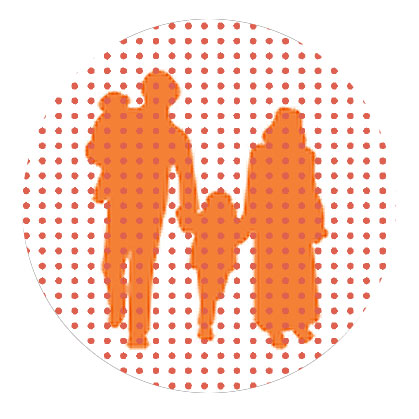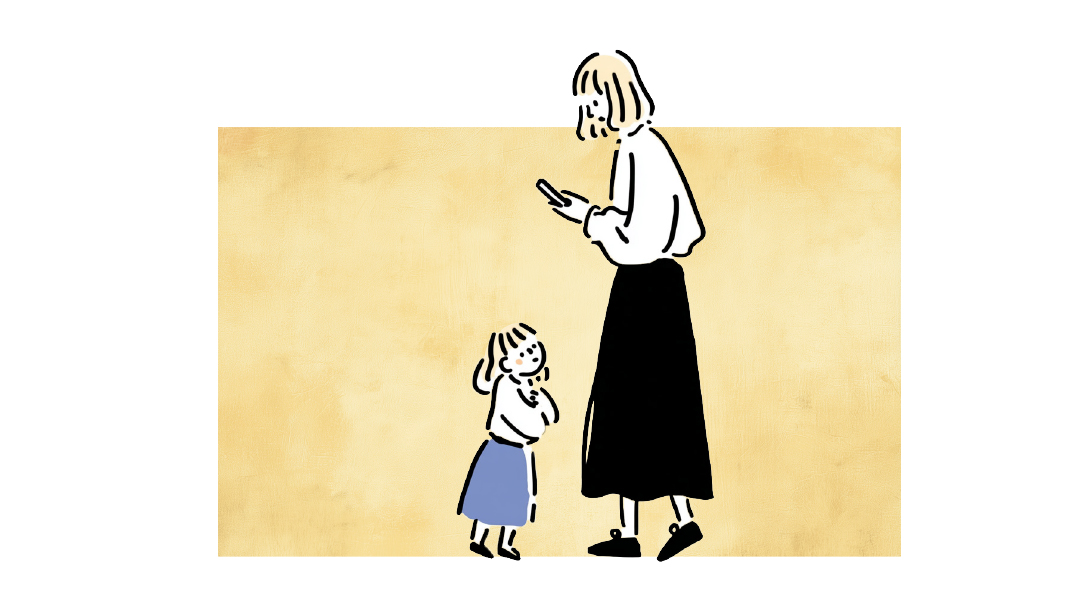Crisis Management: Part 2

We have built-in tools to help us stay calm during crisis

During times of upheaval, the body and brain go on “hyper-alert.” While medication can help reduce the effect of fight-or-flight chemistry, Hashem has embedded tools within the body itself to do that. There are three types of breathing patterns, for example, that once learned and practiced, can profoundly settle the nervous system. Not only should all of us spend a minute a day (ideally just before bed) practicing one or two of them, but we also should teach them to our children.
Here is an effective anti-panic attack breathing pattern: Breathe in slowly through your nose until you feel your lungs are full. Then take in one more breath through your nose. Now open your mouth and gently release the breath. Repeat as many rounds as necessary to feel settled again.
Here is the “coherent breath” pattern that enables your body and mind to function at optimal levels even when you’re under extreme stress. Use it for a couple of minutes once an hour during times of crisis and once or twice a day on a regular basis to train your system and empower yourself for times of need.
Breathe in slowly through the nose. Use a second hand on a watch to see how many seconds it takes you to inhale comfortably. Now breathe out through the nose, doing so within the same number of seconds. For example, you might inhale to a count of five and exhale to a count of five. If you prefer, there are plenty of breathing timers available to help ensure that your inhale and exhale are approximately the same duration.
Finally, here is Dr. Herbert Benson’s “Relaxation Response.” This pattern of breathing facilitates sleep and recovery. It can actually replace hours of sleep on its own, which is particularly important to know when sleep eludes us for any reason. Here’s how it’s done: Breathe in through the nose normally. Think the number “one” as you exhale through your nose. Focus all your attention on the sensations of the breath, paying close attention to how the air feels as it enters and exits your nostrils (this is very important). Continue for five to 20 minutes, or as long as necessary to experience deep relaxation.
Mind Control
Another “free tool” available literally at our fingertips and extremely useful during times of crisis is EFT (Emotional Freedom Techniques). Distressing emotions such as fear, shock, despair, grief, guilt accompany the experience of crisis. In addition to the pain they cause, these emotions continue to disrupt the nervous system, spilling toxic chemistry into our bodies. Learning how to use EFT is as valuable as learning how to swim before you get tossed off a boat! Learn the skill and teach it to your children. Use it for regular daily stress and then, when a crisis hits, you will have a powerful technique that you can use as needed to reduce suffering and enable you to meet the demands of the situation. EFT can be learned from books, courses, therapists, and self-help videos.
If you happen to be in crisis right now, you can use a brief tapping routine to start with. Here’s how: Focus your attention on one bad feeling (e.g., sadness or worry). Rate the intensity of your emotion from one to ten, where ten is the highest. Take two fingers of each hand and continue to focus your attention on the distressed feeling while tapping lightly under your eyebrows, very close to the bridge of your nose. Continue to focus on the negative feeling while tapping on the outer corners of your eyes. Stay with it while you tap on the bone under your eyes. Finally tap just below each collarbone. Take a deep breath in and slowly blow it out through your mouth. Think about the feeling again and rate its intensity. If your feelings have changed, rate the intensity for the new emotion. Continue doing rounds of tapping until you rate yourself at zero (yes, you CAN get there!).
One of the hardest parts of dealing with a crisis is often the unexpected nature of the situation. Ironically, however, we can all expect to experience a crisis from time to time, since it’s a natural part of the living experience. Being prepared for it by learning and using simple tools doesn’t remove this very hard part of life, but it does help us navigate it more successfully.
(Originally featured in Family First, Issue 845)
Oops! We could not locate your form.




